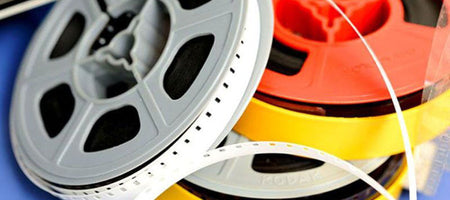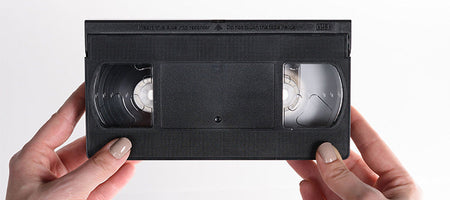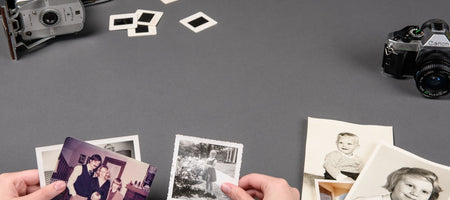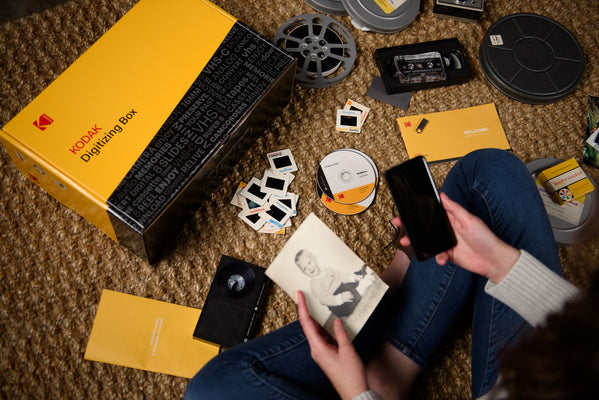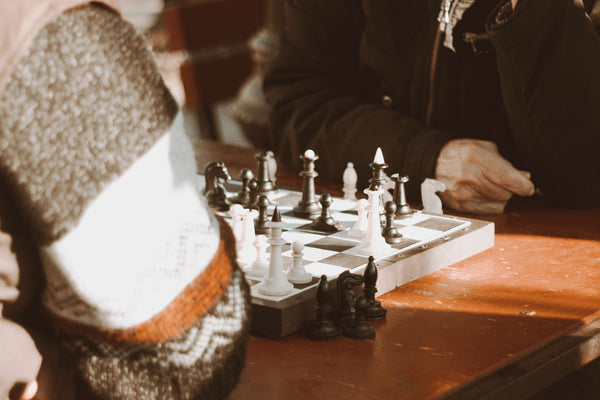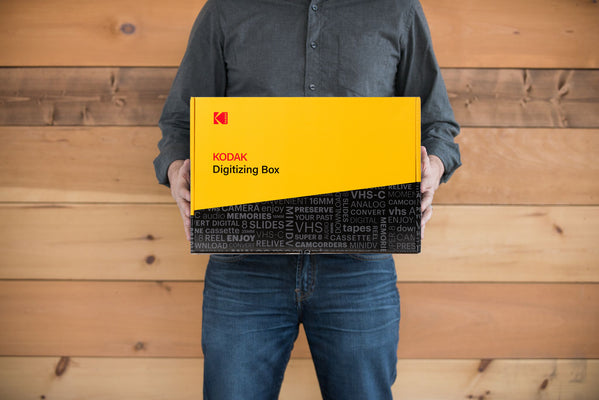I’m really into music. I’ve played piano most of my life, and I used to be in a band in college. No, I won’t share the Soundcloud link. I still play guitar, write songs, and play open mic nights occasionally. Listening to music is one of my favorite things to do.
In other words, audio is really important to me. I have a decent pair of headphones, and I have a nice little vinyl collection. If I could find a gramophone, I’d probably buy one. I’m a hipster. I’m an audiophile. I love audio recordings. I’ve made some audio recordings myself.
The history of audio recordings is actually really interesting, although it might not be as interesting as the history of photography. Similar to photography, audio only really made it into the world in the late 1800s, and its development has been rapid. While that’s awesome, because new technologies like Spotify give me instant access to an almost insurmountably large library of content, it’s also a bummer because some cool technologies have fallen to the wayside. Remember my vinyl collection?
Anyway, here’s a pretty high-level timeline from the invention of audio recordings to the present.
1857
The Phonautograph is invented. This strange, blimp-looking device was the first mechanical equipment that was designed to record sound. The funny thing about the phonautograph is that it basically translated soundwaves onto paper so that you could “see” sound. Hilariously, nobody thought to figure out if you could do anything with the printout like, I don’t know, play it back and listen to it?!
1877
Thomas Edison gets on the case and invents the phonograph. This device is basically the precursor to the vinyl record players that we have today. When they were first invented, records were strange, cylindrical wax tubes, but later they turned into the flat records that we would recognize today.
1945
Germans invent magnetic tape recording. Instead of using a mechanical recording process that physically etched sound onto plastic records, the Germans figured out that you could use magnetic tape instead--similar to movie film--to store sound. Magnetic tape made recording a way simpler process.
1959
Four track cassettes are born. Also called Stereo-Paks, the four track is a small cassette with magnetic audio tape stuffed inside. The first hifi systems in cars used four track audio tapes.
1962
Shortly after four tracks were invented, the cassette tapes that we know and love were invented. Technically called compact cassette tapes, these awesome plastic boogers were capable of holding more music in less space than anything the world had ever seen before. Without cassettes, we wouldn’t have the iPod, because the cassette tape opened up the possibility for the world’s first ever portable music player: the walkman. I also wouldn’t have had a Gangsta’s Paradise by Coolio cassette, and that’s a life I don’t want to imagine.
1982
The compact disk appears. Even though it wouldn’t truly catch on for about 10 years or so, CDs first hit the market in the early 80s. CDs were a huge technological innovation. Instead of magnetic tape or a plastic disc with soundwaves carved into it, a laser reads little micro-dots on the surface of a plastic disk. The biggest improvement that CDs provided over previous audio formats is that CDs can technically last forever. Since there’s no physical contact between the reading laser and the disk, there’s no loss of audio quality and no natural degradation through use.
2001
First iPod is released with iTunes. Music made the jump to digital for forever.
2006
Spotify, the world’s leading audio streaming company opens its doors. Spotify is the bees knees.
And that’s it. That’s basically the entire history of audio recordings. It all started with wax discs and gramophones, and now we have Spotify and MTV. Actually, does MTV even do music anymore?
The point is audio is pretty much exclusively digital these days unless you’re a pretentious snob like me who likes to turn on a good old fashioned vinyl record every once in a while.
Having tapes, records, and cassettes is cool, but what happens if they break? Kodak specializes in digitization, so you can turn all of your old audio recordings into modern, digital backups. That’s pretty cool. You can literally have your cake and eat it too. Yum yum.

